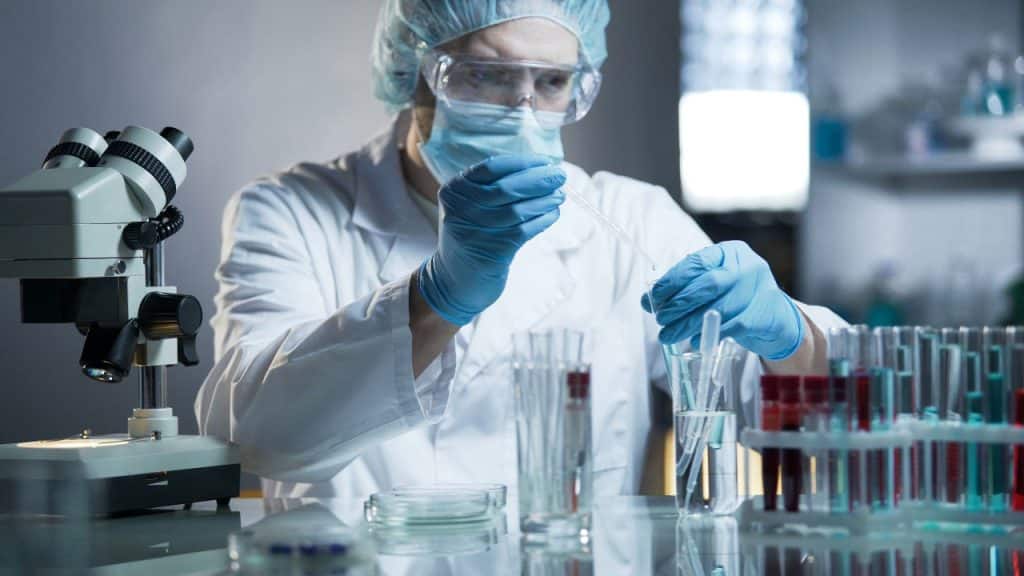Any time you use something new, especially when you put it into your body, there’s one very important question you need to ask: Is it safe? Toxicity testing is a vital part of many fields, including medical research. With modern technology, it is a simpler and more effective process than ever before (https://longevity.technology/lifestyle/what-are-the-different-methods-of-toxicity-testing/).
The basic aim of a toxicology study is to test whether something is harmful to living things. This may be acute toxicity, meaning an immediate reaction (you swallow it and immediately stop breathing), or chronic toxicity, meaning the long-term result (firefighters developing cancer years after entering buildings full of burning chemicals). Sometimes a substance is safe in small doses, but it could cause harm in larger amounts or after a long period of exposure.
Traditionally, animal testing is one of the main ways to check toxicity, but a mix of ethical (people don’t like hurting animals) and practical (animal biology isn’t the same as human biology) concerns have seen its use reduced. Scientists are constantly looking for new and more effective ways to measure toxicity more accurately while still meeting strict regulatory requirements. In America, the Federal Drug Administration (FDA) and Environmental Protection Agency (EPA) are the bodies that set the rules for testing and using potentially toxic chemicals, in addition to monitoring compliance and efficacy.
You may have done some toxicity testing yourself, such as using a drug testing strip to test for contaminants, but there are a lot of fancy modern technologies and processes being used in laboratories. There’s 3D bioprinting to produce living cells, and organ-on-a-chip technology to create mini versions of functional organs. High-throughput screening (HTS) can rapidly test many compounds at once, while computational toxicology uses computer models to simulate results using algorithms without the need for living organisms. In silico models are being developed for the assessment of nanotechnology, and different types of omics technologies are being used in various ways to spot early warning signs of toxicity at the molecular level.
Toxicity testing is vital to human health, and the development of so many new testing technologies is an exciting step forward. Earlier identification and more accurate results mean that everyone, from researchers and manufacturers to regulators and individual consumers, will be able to make more informed decisions about how to protect themselves and the wider environment. It means risks can be properly balanced.




